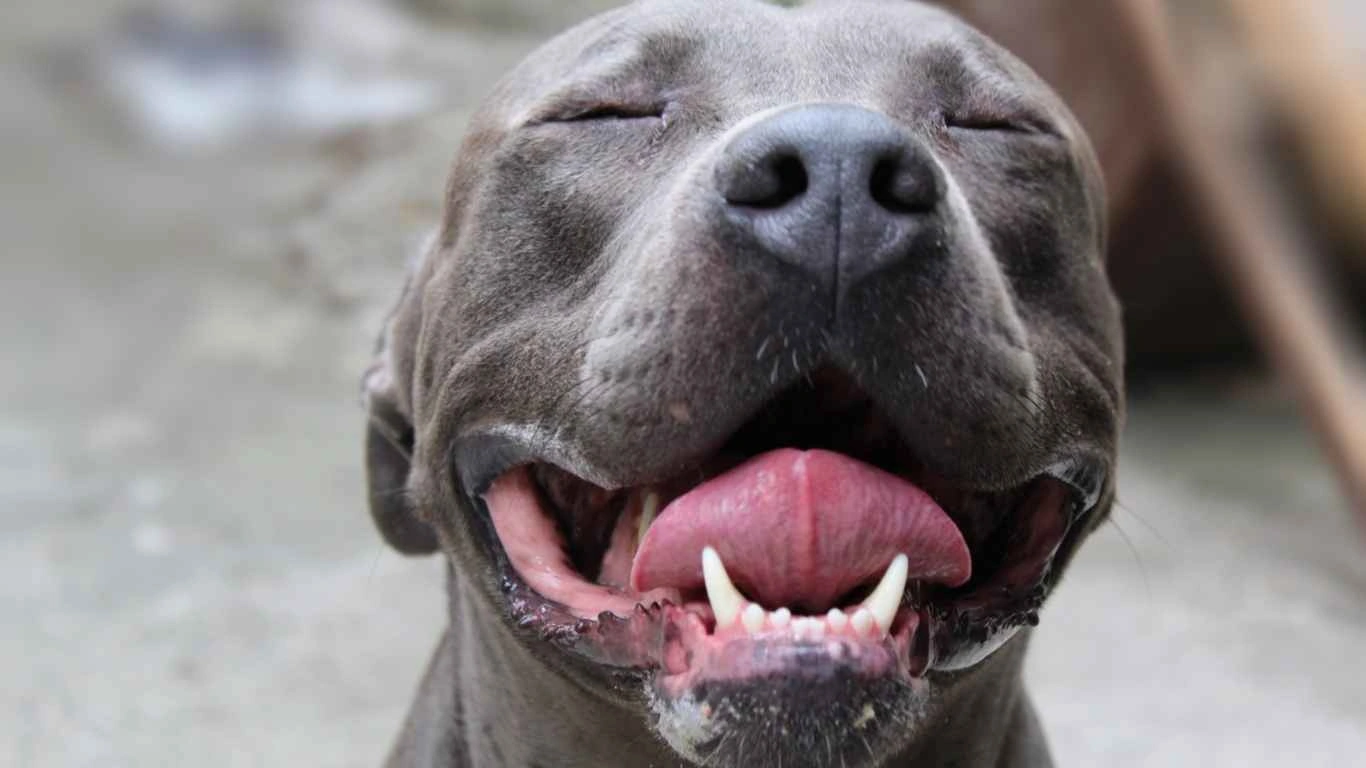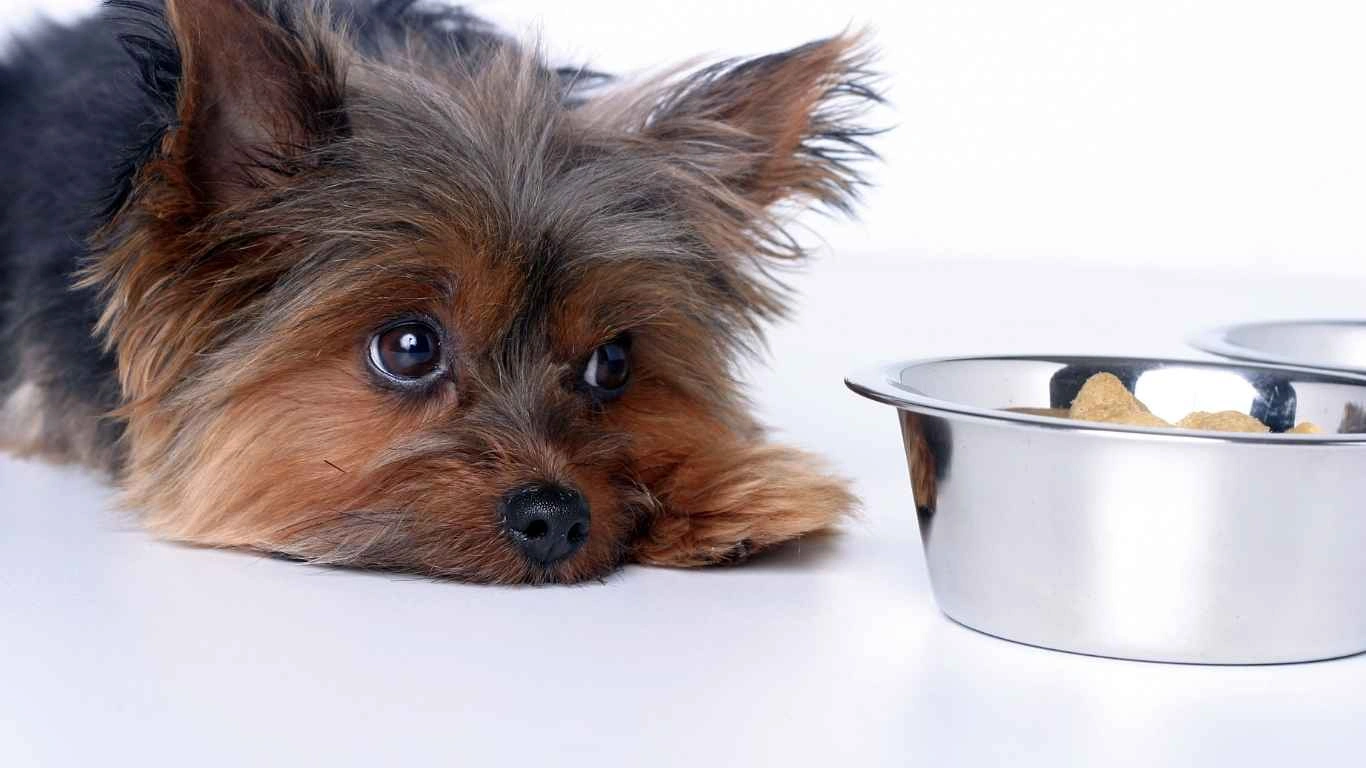Best Diet for Puppies’ Healthy Growth: Ensure Strong Bones & Energy
When it comes to raising a happy, healthy pup, their diet is a game-changer. The best diet for puppies’ healthy growth isn’t just about filling their bowl—it’s about fueling their little bodies with the right nutrients to thrive. I’ve spent years as a pet nutritionist in veterinary clinics, guiding pet parents through the maze of puppy food choices, and trust me, what you feed your fur baby now lays the foundation for a lifetime of good health.
Why Nutrition Matters for Growing Puppies

Puppies grow at lightning speed. One minute, they’re tiny fluffballs; the next, they’re bounding around like mini athletes. Their diet needs to support rapid bone growth, muscle development, and brain function—all while being gentle on their developing digestive system.
From my experience, one of the biggest mistakes new puppy owners make is assuming all dog food is the same. Nope! Puppies have very different nutritional needs compared to adult dogs. They require higher protein, balanced calcium-to-phosphorus ratios, and essential fatty acids to support their brain and coat health.
Key Nutrients Every Puppy Needs

So, what exactly should you be looking for in your puppy’s diet? Here’s a breakdown of the must-have nutrients:
1. Protein: The Building Block of Growth
Puppies need a high-quality protein source to build strong muscles and tissues. Look for foods with real meat, like chicken, turkey, beef, or fish, listed as the first ingredient. In my clinic days, I saw too many pups struggling with poor coat quality and low energy due to low-protein diets. Trust me—protein is non-negotiable!
2. Healthy Fats for Brain and Skin Health
Ever wonder why some puppies have that extra soft, glossy coat? It’s the omega fatty acids in their diet! DHA, a type of omega-3, is crucial for brain development and is often found in fish oil and high-quality puppy food.
3. Calcium & Phosphorus for Strong Bones
Growing bones need just the right balance of calcium and phosphorus. Too little can lead to weak bones, while too much can cause joint issues—especially in large-breed puppies. It’s all about balance!
4. Vitamins and Minerals for Immunity
A well-rounded diet includes essential vitamins like A, D, and E, plus minerals such as zinc and iron to keep their immune system strong. Fresh fruits and veggies in puppy food add these vital nutrients naturally.
Choosing the Right Puppy Food: Dry, Wet, or Raw?

With so many options on the market, how do you pick the best food for your puppy? Let’s break it down:
- Dry Kibble: Convenient, shelf-stable, and great for dental health. Look for high-quality, protein-rich formulas.
- Wet Food: Higher moisture content, great for picky eaters, but can be pricier and spoil faster.
- Raw Diet: Growing in popularity, but needs to be carefully balanced to ensure proper nutrition.
Personally, I recommend a mix—dry kibble for crunch and dental health, with some high-quality wet food or raw toppers for variety and extra nutrients.
How Often Should You Feed Your Puppy?

One of the most common questions I hear from new puppy owners is, “How many times a day should I feed my puppy?” Unlike adult dogs, puppies need frequent meals to support their rapid growth and high energy levels.
The general rule of thumb:
- 8-12 weeks old: 4 meals per day
- 3-6 months old: 3 meals per day
- 6-12 months old: 2 meals per day
In my experience, sticking to a consistent feeding schedule prevents digestive issues and keeps their energy levels stable throughout the day. Skipping meals or feeding erratically can lead to a cranky, hungry pup (and trust me, a hangry puppy is no fun!).
Homemade vs. Commercial Puppy Food: Which One Is Better?

There’s a growing trend of pet parents wanting to prepare homemade meals for their puppies. While I absolutely love the idea of fresh, whole foods, it’s important to do it correctly. Puppies have very specific nutritional requirements, and an unbalanced homemade diet can cause deficiencies.
Pros of Homemade Puppy Food
- Full control over ingredients: You know exactly what’s going into your pup’s bowl.
- No preservatives or fillers: Fresh, whole-food nutrition.
- Can be tailored to allergies: Perfect for puppies with food sensitivities.
Cons of Homemade Puppy Food
- Nutritional imbalances: It’s easy to miss key nutrients without veterinary guidance.
- Time-consuming: Preparing balanced meals takes effort and planning.
- Can be expensive: High-quality fresh ingredients add up quickly.
If you’re considering homemade food, I always recommend working with a pet nutritionist (hey, that’s me!) or a vet to ensure your pup is getting a complete and balanced diet.
Common Puppy Feeding Mistakes to Avoid
Even with the best intentions, many new puppy owners make feeding mistakes that can impact their pup’s growth. Let’s go over some of the biggest ones:
1. Feeding Adult Dog Food
I can’t tell you how many times I’ve seen well-meaning owners grab regular adult dog food for their puppies. It’s a big no-no! Puppy food is specifically formulated with higher protein, fat, and essential nutrients for growth. Adult formulas just don’t cut it.
2. Overfeeding
We all love chubby puppies, but overfeeding can lead to rapid weight gain and joint issues—especially in large breeds. Always follow portion guidelines based on your pup’s breed and weight.
3. Frequent Diet Changes
Puppies have sensitive tummies, and sudden food changes can lead to diarrhea or upset stomachs. If you need to switch foods, do it gradually over 7-10 days by mixing the new food with the old in increasing amounts.
Introducing Treats: How Much is Too Much?
Treats are an awesome training tool, but they should only make up about 10% of your puppy’s daily calorie intake. Too many treats can lead to weight gain and picky eating habits.
When choosing treats, go for options that are:
One of my favorite tricks? Use your puppy’s kibble as training treats! It keeps them motivated without adding extra calories.
Case Studies & Real-Life Examples

Over the years, I’ve worked with countless puppy parents, each with their own unique feeding challenges. Let’s take a look at a few real-life cases that highlight just how important proper nutrition is for a growing pup.
Case Study #1: The Picky Eater
Meet Bella, a 10-week-old Golden Retriever who flat-out refused to eat her kibble. Her owner was worried sick and resorted to hand-feeding her table scraps just to get her to eat something. The result? An even pickier puppy!
After assessing Bella’s diet, I realized she was overwhelmed by too many flavors and textures. We switched her to a high-quality, single-protein kibble and used warm water to enhance the aroma. Within a week, she was happily eating on her own.
Case Study #2: The Overfed Pup
Then there’s Max, an adorable but chubby Labrador pup whose owner thought a “bigger bowl means a happier pup.” Max was gaining weight too fast, putting stress on his developing joints.
We adjusted his portions, introduced a feeding schedule, and swapped high-calorie treats for healthier alternatives like frozen carrot sticks. Within a few months, Max was at a healthy weight, full of energy, and thriving.
Key Takeaways: What You Need to Remember
To sum it all up, here are the most important things to keep in mind when feeding your growing puppy:
- Feed a high-quality, balanced puppy food that meets AAFCO standards.
- Stick to a consistent feeding schedule based on your puppy’s age.
- Avoid common mistakes like overfeeding, feeding adult food, or making frequent diet changes.
- Consider your puppy’s breed and energy level when choosing their diet.
- Use healthy treats in moderation and make training fun without excessive calories.
Every puppy is different, so don’t be afraid to adjust their diet based on their growth, weight, and energy levels.
FAQs
How do I know if my puppy is getting enough nutrients?
Signs of a well-fed puppy include a shiny coat, strong energy levels, healthy weight gain, and firm stools. If you notice dull fur, lethargy, or digestive issues, it may be time to reassess their diet.
Can I switch my puppy’s food?
Yes, but do it gradually over 7-10 days to avoid stomach upset. Mix the new food with the old, increasing the amount of new food each day.
What’s the best food for large-breed puppies?
Large-breed puppies have different nutritional needs to prevent rapid growth that could lead to joint issues. Choose a specially formulated large-breed puppy food with controlled calcium and phosphorus levels.
Should I give my puppy supplements?
Most high-quality puppy foods contain everything your pup needs. However, if your vet recommends it, you can add fish oil for coat health or probiotics for digestion.
Bonus: Additional Resources & DIY Tips
DIY Healthy Puppy Treat Recipe
Want to spoil your pup without resorting to store-bought treats? Try this simple, healthy recipe:
- 1 cup pumpkin puree
- 1/4 cup peanut butter (xylitol-free!)
- 1 egg
- 2 cups whole wheat flour
Mix the ingredients, roll out the dough, and cut into fun shapes. Bake at 350°F (175°C) for 20-25 minutes. Your puppy will love them!
Appendix: References & Call to Action
For more detailed nutritional guidelines, check out these trusted sources:
- AAFCO – Association of American Feed Control Officials
- AVMA – American Veterinary Medical Association
- WSAVA – World Small Animal Veterinary Association
Disclaimer:
The information in this article is based on my professional experience as a pet nutritionist and veterinary expert. Always consult your veterinarian before making changes to your puppy’s diet.
Let’s Connect!
Have questions about your puppy’s diet? Drop a comment below or reach out! I’d love to help your pup grow into a happy, healthy dog.






